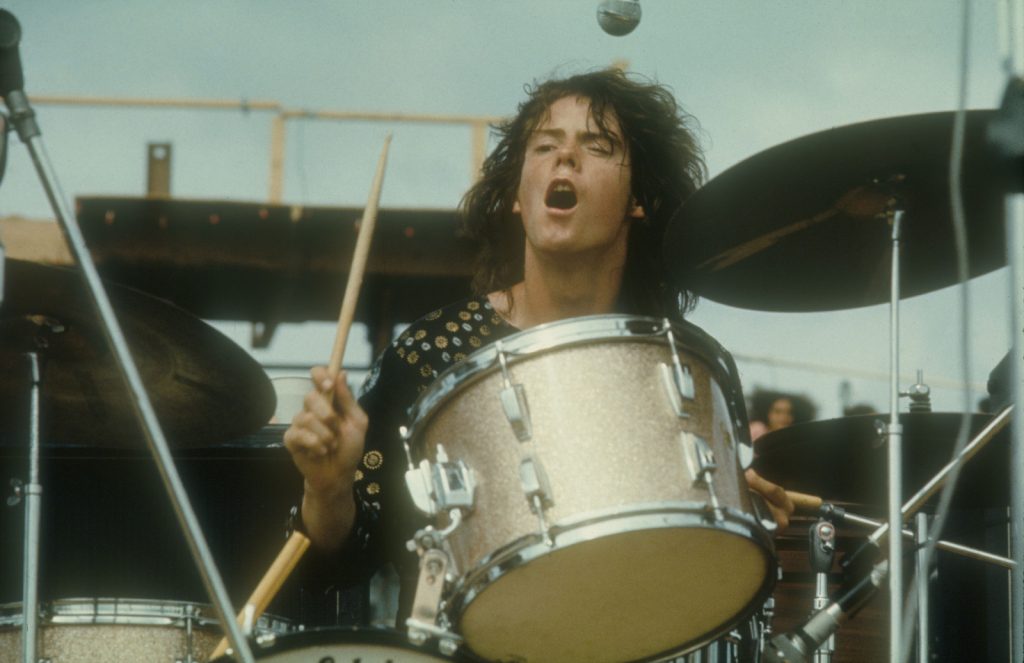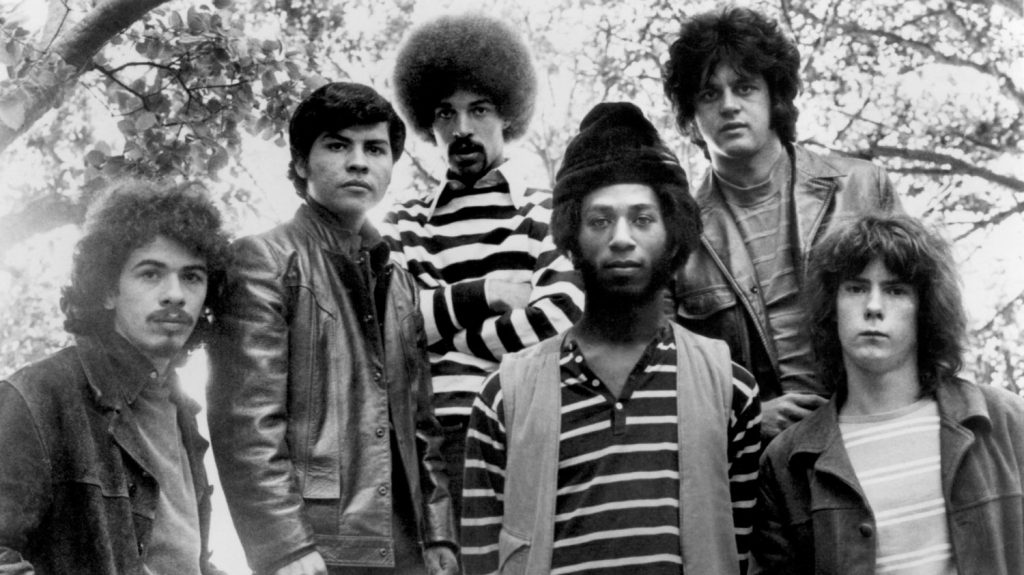One the second day of the Woodstock Festival, Santana took over the stage, and the whole crowd went crazy. They faced a large crowd of listeners who all seemed hungry for something new and incredible.

The group was standing between Country Joe McDonald and John Sebastian, giving a mountain of pressure. None of the people had listened to their music; hence they needed to make the best first impression. This was just a beginner group whose debut LP has not reached the market yet, and there was a chance for them to market what they could do.
Perhaps even some of the people in the audience wanted to leave because there was a group whose name had not been mentioned anywhere yet, competing against some of the best bands in the region.
However, everything went silent for a moment just before they hit their opening note of “Waiting.” And when it happened, the crowd was amused by the way they infused Latin rhythms and the thunderous psychedelic rock. It sent the audience into an uproar that shook the ground.
But it was the 20-years old drummer Michael Shrieve, holding the group together that became the main point of interest. It was not only in the way he hit the drums but the fact that he was the youngest performer at the festival. Those who listened to him play were pulled back by his skills, and soon everyone was swaying to the moves.

On one side was the conga player Michael Carabello, and on the other side, timbales player Jose Areas. Shrieve dropped a tumbling, jazz-infused solo in the middle of “Soul Sacrifice” that has remained the industry’s talk for more than 50 years. That was the first time the drummer would start emerging as one of the greatest of his time. It was a defining moment for his career that soon turned into something big for him.
Two years later, Santana dropped nearly all the original band members from his group and embraced fusion. It was also the same time he was taking on the other commercial styles that were just new on the market.

Shrieve did not leave his side; instead, they formed a stronger alliance that would later lead to the co-production of the 1973′ “Welcome” as well as the “Borboletta” of 1974. That was not all; he set the ground for working with many more top minds of the period in the industry. They all made him feel like part of the family.
Later the drummer went on to work with the likes of Pat Travers Band and the Rolling Stones. In the years that followed, he was able to develop and showcase his formidable versatility.
Carlos Santana came up clear in 2013, stating how Shrieve turned him into Miles Davis and John Coltrane. It was him who opened a new world of ideas for Santana. And for this reason, the drummer became an important part of his life. Some time back, Shrieve appeared on Santana IV.


